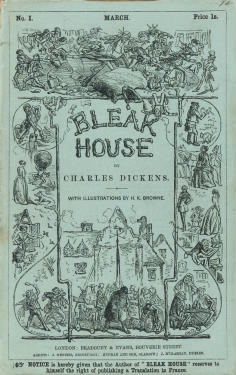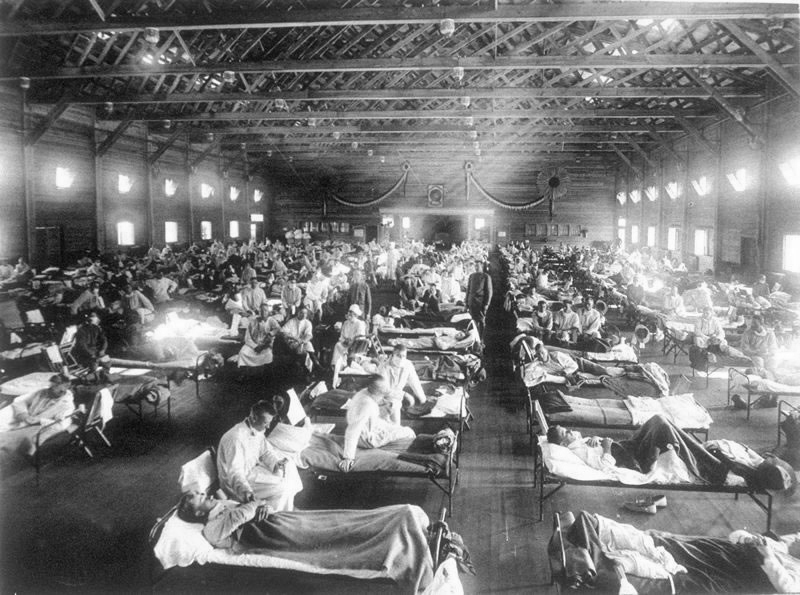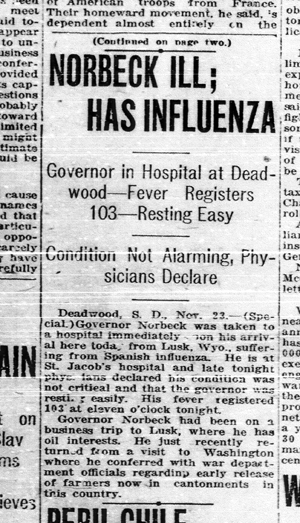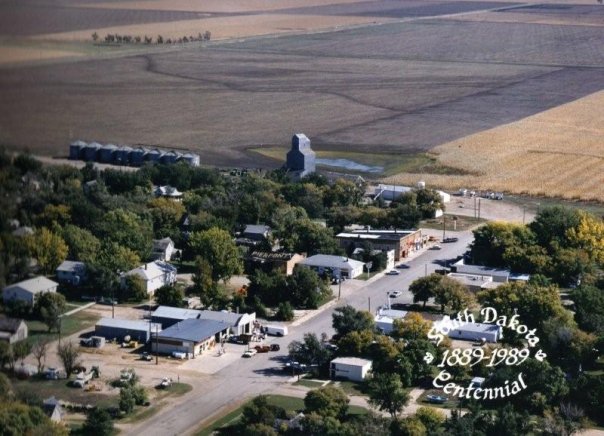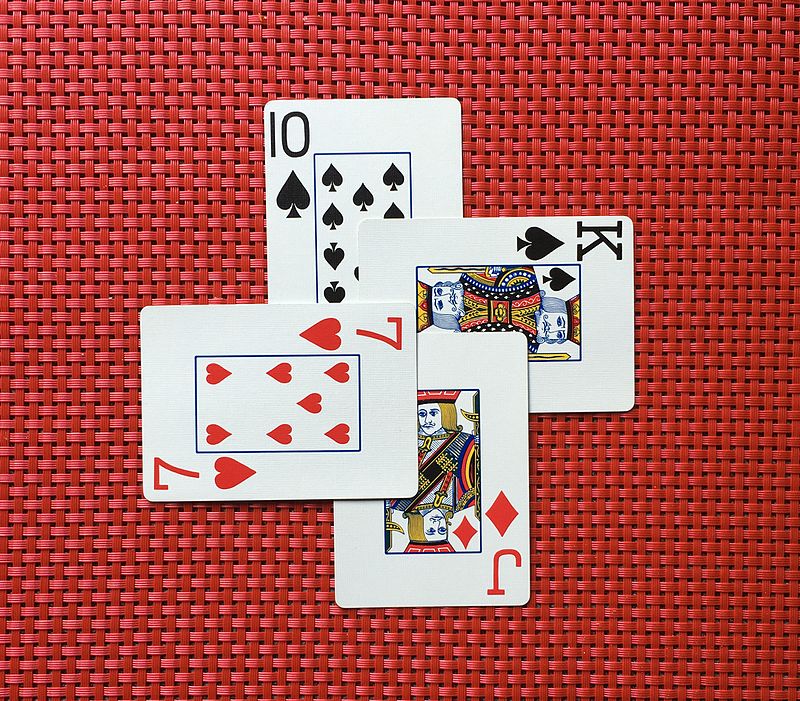Yes, I miss them. And I've been trying to maintain contact. I have permission to write to them, as long as the letters are non-personal and revolve around AVP or the Lifer's Group, and I do not put my personal address as the return. And since I can't get in to get any responses they send to the in-prison chapel mailbox, it's a one-way communication. Kind of frustrating. But I keep doing it.
I know many people today feel - and say - that social distancing, and COVID-19 lockdowns are like being in jail. To which, my simple answer is, no, it isn't. Not at all.
 Not unless you're spending your social distancing in a 6' x 8' concrete room with one wall that's nothing but bars, and inside the bars is a toilet, and against another wall are bunk beds, and you share this space with another inmate. Who you may or may not like, but you probably have to live with, because if you refuse to share, that's a violation, and could land you in the SHU, which is an even smaller room, with even less stuff in it. Not only that, there are guards who make sure you stay there up to 23/7, and enforce a wide variety of rules on behavior and speech that have to be read to be believed.
Not unless you're spending your social distancing in a 6' x 8' concrete room with one wall that's nothing but bars, and inside the bars is a toilet, and against another wall are bunk beds, and you share this space with another inmate. Who you may or may not like, but you probably have to live with, because if you refuse to share, that's a violation, and could land you in the SHU, which is an even smaller room, with even less stuff in it. Not only that, there are guards who make sure you stay there up to 23/7, and enforce a wide variety of rules on behavior and speech that have to be read to be believed.
So, no. Staying at home is not at all like being in jail.
But we can learn a lot from inmates. And the first thing is how to do time. It seems that to a lot of people, six weeks is way too long to have to be stuck indoors. What if you had to do a year? (There's a good chance there will be no effective vaccine for at least that long.) What if you had to do more than that? How does a person do a long stretch of time? Well, one of our best inside facilitators, lifer Mighty Mark, said, "Well, it's like eating an elephant. You take one bite at a time."
Every inmate has to learn - even if they're in for a short sentence - to NOT think too far ahead. To NOT focus everything on their exit day (if any). To NOT fume and fret and demand more than they can have. To accept, in other words, what their situation is. And then live, as much as humanly possible (and we are all human and frail) in the moment. Right now. This bite. Chew. Swallow. Bite. Repeat.
The big mistake most people do when they find themselves in confinement is to focus all their attention on:
(1) how horrible their situation is.
(2) how unfair the lawyer / judge / sentencing system is.
(3) how are they going to survive the next ____ months / years?
(4) how much the next ____ months / years is wasted time, time they'll never get back, no matter what, and it's just unbearable.
(5) how everyone has abandoned them.
(6) how alone they are.
(7) how useless / hopeless / tasteless everything is.
And on down the a long, long, long negative list of emotions, facts, realities, that are indeed unmistakable and undeniable.
A lot of them - especially the young men - lash out, towards themselves (there's a lot of cuttings, self-harm, and attempted / successful suicides in prison), towards other inmates (a lot of aggressive posturing, attacks, fighting), and even towards the COs (which never ends well for the inmate). Some of it - even sometimes the self-harm - is showing off, to themselves and others that they've still got what it takes. That they're the man, and no one better mess with them. Rising in the pack, hopefully, to Alpha male. The angriest - and ironically the most wounded - spend the most time in the SHU (solitary confinement), because not only is isolation the punishment for violence, but it's also where they put the suicidal. (And those who are contagious.)
But, as the young inmates age, many of them come to realize that it doesn't work. That sinking into violence or despair, aggression or depression, does nothing but make the time go longer and longer and longer... And they realize (especially the lifers) that they have to make a life, a whole life, where they are.
Including friends.
Including hobbies.
Including goals.
Including education, perhaps even a career.
Including happiness.
 BTW, a rip-roarer of book is Alexandre Dumas' The Count of Monte Cristo. Meet Edmund Dantes, sailor, who is falsely accused of treason and imprisoned for life - in solitary confinement - in the Château d'If (which still exists - see photo on the right). After 8 years of solitary, he's suicidal, but then the Abbé Faria - digging his way out, a poor sense of direction - ends up at Edmund's cell. Over the next 8 years, Faria teaches Edmund everything - language, culture, mathematics, chemistry, medicine, and science - so well that, after Faria dies and Edmund escapes (read how yourself), Edmund can pass easily as a Count, welcomed everywhere and anywhere. This is one of the great swashbuckler thrillers, especially as the Count ruthlessly, tirelessly pursues his revenge - but the opening chapters are also a master class in how to survive doing serious time. And how important education can be.
BTW, a rip-roarer of book is Alexandre Dumas' The Count of Monte Cristo. Meet Edmund Dantes, sailor, who is falsely accused of treason and imprisoned for life - in solitary confinement - in the Château d'If (which still exists - see photo on the right). After 8 years of solitary, he's suicidal, but then the Abbé Faria - digging his way out, a poor sense of direction - ends up at Edmund's cell. Over the next 8 years, Faria teaches Edmund everything - language, culture, mathematics, chemistry, medicine, and science - so well that, after Faria dies and Edmund escapes (read how yourself), Edmund can pass easily as a Count, welcomed everywhere and anywhere. This is one of the great swashbuckler thrillers, especially as the Count ruthlessly, tirelessly pursues his revenge - but the opening chapters are also a master class in how to survive doing serious time. And how important education can be.Another master class is Viktor Frankl's Man's Search for Meaning, an account of his years in the camps and how people survive horror beyond imagination. He was an Austrian neurologist and psychiatrist who survived the Holocaust - barely. (See the Wikipedia summary HERE or, better yet, read it yourself. I've read it more than once, and gained something new every time.)
"The way in which a man accepts his fate and all the suffering it entails, the way in which he takes up his cross, gives him ample opportunity — even under the most difficult circumstances — to add a deeper meaning to his life. It may remain brave, dignified and unselfish. Or in the bitter fight for self-preservation he may forget his human dignity and become no more than an animal. Here lies the chance for a man either to make use of or to forgo the opportunities of attaining the moral values that a difficult situation may afford him. And this decides whether he is worthy of his sufferings or not."Remember, this is from a man who survived four - yes FOUR - concentration camps.
And there's a story about Viktor Frankl in another book called The Monks of New Skete: In the Spirit of Happiness.
We had a friend who was in a Nazi concentration camp in the Second World War, a dog breeder, and he was digging in the trenches with the psychiatrist Viktor Frankl, and Victor Frankl told him: "This is where you've got to find your happiness - right here in this trench, in this camp." ... For this is where we're supposed to find our happiness - where we are now, wherever that might happen to be, in all that we do, in whatever circumstance we find ourselves. To experience happiness is to experience freedom. No matter what may happen in life, nothing will be able to touch true happiness. ... So we have come to understand that happiness is not only in our power to attain, it is our duty to attain. - The Monks of New Skete, pp. 312-313A handy list to help:
And a wonderful video of how they do it in prison, Path of Freedom, with Fleet Maull, a former inmate:
One bite at a time.
One beat at a time.
One breath at a time.
And repeat…

And now for some blatant self promotion: My latest story "Brother's Keeper", set in Laskin, is in the May/June issue of Alfred Hitchcock Mystery Magazine. I share space with many of my fellow SleuthSayers - Robert Lopresti, Elizabeth Zelvin, Michael Bracken, Mark Thielman, Janice Law, and many other fine writers.






